Introduction
As Decentralized Finance (DeFi) matures to better serve crypto users and keep them safe, new technologies and strategies are emerging to help traders maximize their profits. One innovation that has gained significant attention in recent years is the use of crypto trading bots, most recently by Telegram and Discord users.
Ever tried to snipe a trade on Uniswap, or a new NFT mint, only to see the price spike right as you’re executing the transaction, forcing you to increase your price slippage tolerance just to get the trade through? The reason is often crypto trading bots, which have been a dirty little secret used by top traders for a while now, and is only now with the advent of artificial intelligence coming to broader awareness.
These automated tools have revolutionized the way traders interact with the market, making it easier than ever to execute trades and manage portfolios. In particular, the rise of Telegram and Discord bot traders has changed the game, offering new recourse for DeFi users who want to avoid the risk of trading on centralized exchanges.
Disclaimer: Please be aware that Crypto Trading Bots come with significant financial risk as they’re rarely reviewed for code and security issues and are often created by anonymous teams. Therefore the risk of phishing or rug pulls remains high. Do not share the private keys of a big wallet with these applications under any circumstances and do your own research.
Understanding Crypto Trading Bots
Crypto trading bots are automated software programs that interact with cryptocurrency exchanges to analyze trading data, place trades, and manage orders on behalf of the trader. They operate based on predefined algorithms and trading strategies, allowing for rapid, round-the-clock trading that would be impossible for a human trader to achieve.
Trading Bots and AI
Artificial Intelligence (AI) plays a crucial role in the functionality of these bots. Machine learning algorithms analyze market trends, make predictions, and execute trades with increasing accuracy as they learn. This makes them invaluable for both novice and experienced traders.
The Rise of Telegram and Discord Bot Traders
Telegram and Discord, two popular messaging platforms, have become hotbeds for crypto trading activity. Developers have created bots that integrate with these platforms, allowing users to trade using their messaging apps as the controls, while under the hood are sophisticated functions from copy trading to airdrop farming. Let’s take a look at the most popular.
10 Key Features of Crypto Trading Bots
In crypto trading, speed matters. Crypto trading bots come with a range of features designed to expedite and seamlessly automate the trading experience. Broadly, some of the most popular features include:
- Trade Execution
Bots can execute trades quickly and efficiently based on predefined rules
- Copy Trading
Bot users can input wallet addresses and automatically copy these wallets’ trades and transactions.
- Multi-Wallet Creation Sniping
Some bots help users create batches of wallets. The user can execute the same trade on multiple wallets at a time, to bypass limits on individual wallets.
- Liquidity Sniping
They can execute a buy order when the bot detects liquidity being added, maximizing the number of tokens a sniper gains on a new token.
- Method Sniping
This is an advanced form of sniping tokens that allows a sniper’s buy transaction to execute as early as possible based on the ‘Method ID’ of a developer’s pending transaction.
- Airdrop hunting
Some bots can automate the process of applying for airdrops by fulfilling various criteria required by new crypto airdrops.
- Stop Loss and Take Profit Orders
These bots can automatically execute trades when a token reaches a certain price, allowing users to automate buying and selling.
- Anti-Rug Features
They can detect potential rug-pull attempts by token developers, and execute a quick sell to liquidate the position before liquidity is pulled.
- Honeypot Checking Features
They can detect incoming malicious transactions by a token developer, and liquidate the position before it becomes a honeypot.
- Native Tokens
Many bots have released their own native tokens. Holders of these tokens usually enjoy lower fees on the platform and exclusive access to certain features.
Case Study: Unibot and Other Successful Bots
Crypto markets are currently awash with dozens of new crypto trading bots, thanks to a wave of influencers hyping their potential, which has seen the native token prices of some shoot through the roof. (Many of them dropped 50% in value in one weekend recently – another reminder to not invest without doing proper research.)
Unibot, a Telegram decentralized exchange (DEX) trading bot, is a prime example of the success that can be achieved with these tools. Since its launch, Unibot has swollen to a market cap of over $1 million. Other bots like Maestro, MEVfree, and LootBot have also gained attention for their unique features and profitability.
According to research by channels like Crypto Banter and other tools such as CoinGecko’s Telegram Bots list, here are a few of the hottest new Telegram trading bots (Warning: these tools have not been reviewed and may come with serious financial risk. User caution is advised when interacting with these tools):
| Trading Bot | Description |
| Maestro | Maestro is currently the most popular Telegram crypto bot trader. It automates on-chain tasks, simplifies processes, and generates significant fees. It offers customizable trading experiences, allowing users to set orders, stop losses, and take profits, automating transactions based on their parameters. |
| Unibot | Unibot is another profitable trading bot on Telegram. It offers features like whale-tracking and copy trading, and it also provides revenue sharing. At present, it has a valuation of $171 million, very high compared to other bots. |
| Wagie bot | Wagie bot is a trading bot that integrates with GMX, allowing users to open purpose trades directly from the bot through Telegram. |
| Alpha Scan | Alpha Scan is a project that tracks and highlights social mentions of different tokens, helping users identify trending crypto assets early. |
| Collab. land | Collab.land is a bot used on Discord and Telegram to access gated content. I also serves as an infrastructure for deploying crypto bots. |
| LootBot | LootBot is an airdrop-focused Telegram bot that automates on-chain interactions and acts as a streamlined frontend for hundreds of chains. It allows users to create or follow automated tasks that could help with objectives such as Airdrop Farming. |
| Neobot | Neobot is an analytics tool that provides real-time notifications on different events, and is recommended by reputable influencers. It is more geared towards researchers than traders. |
| Genie bot | Genie Bot is a B2B software offering AI chatbot services to protocols and projects. |
| Betbot | Betbot is a competitor to Roll Bit that allows users to play various casino games on Telegram. |

The Future of Crypto Trading Bots
As the crypto market continues to evolve, it’s clear that trading bots will play an increasingly important role. With their ability to automate complex trading strategies and execute trades at lightning speed, these bots have the potential to revolutionize the industry. As more and more traders recognize the benefits of these tools, we can expect to see continued growth and innovation in this space.
Negating the Risk of Telegram Bots
While the benefits of crypto trading bots are clear, security concerns should not be dismissed. As with all innovations in crypto, it doesn’t take long before the bad actors arrive to look for ways to exploit new users’ lack of knowledge for scams and phishing attacks, or even smart contract vulnerabilities or backdoors added by the bot creator.
Therefore, to avoid hacks or scams or rug pulls, it’s crucial to research any bot you choose to use and interact only with bots from verified developers. While many bots will create a new wallet for you, some applications will request access to your existing wallet. To be safe, users should create a new ‘burner’ wallet to connect to the bot and only transfer in an amount they’re comfortable losing. Also, it’s advisable that once a trade’s closed, a user should withdraw all their funds from that address as soon as they can.
How to Get Started with Telegram and Discord Bot Traders
To get started with Telegram and Discord bot traders, follow these steps:
- Research your coin: do research on CoinGecko or CoinMarketCap on LISTED coins. Do note that any listed coin’s price will most likely be significantly inflated, therefore it’s important to study its 7-day or 30-day performance, and also review its total market cap and full diluted value. If you want to degen in really hard, you can look at DexTools to identify Telegram bot coins before they get picked up by these sites. Due to the frequency of scams however, this is not recommended.
- Create an account: Use Coingecko or CoinMarket and follow their social links to check out the bot on social media and then its website. Visit the website and follow instructions, such as joining a Telegram or Discord channel.
- Understanding bot commands: Familiarize yourself with the bot’s commands and features through the provided documentation.
- Risk management strategies: Set clear risk management parameters to prevent excessive losses.
- Use small investments: Begin with a small investment to get acquainted with the bot’s performance and effectiveness.
Conclusion
As crypto trading bots proliferate, they’re going to be a necessary evil for those trading to stay relevant, with even leading exchanges like Binance now offering them. Telegram and Discord bot traders in particular represent an exciting opportunity as it simplifies the experience of getting trading bots to execute popular functions.
By automating complex trading strategies and offering a new level of convenience, these tools are helping traders of all levels to maximize their profits. As with any investment, it’s important to do your research and understand the risks involved. But with careful use, these bots offer a promising way to navigate the ever-evolving world of cryptocurrency trading.
Let us know your thoughts! Sign up for a Mindplex account now, join our Telegram, or follow us on Twitter.


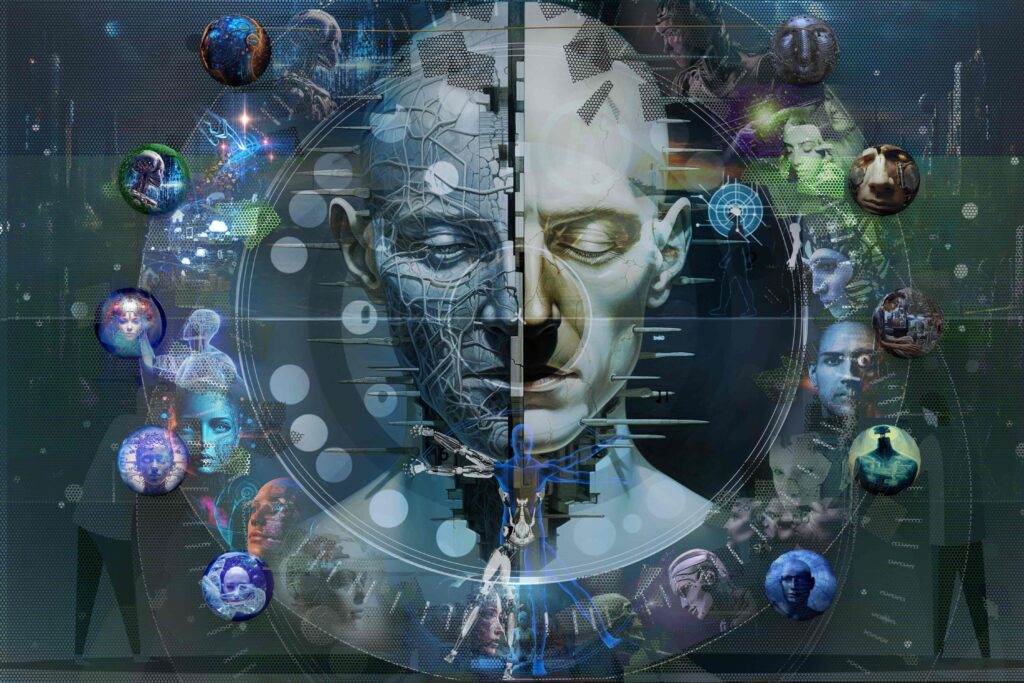


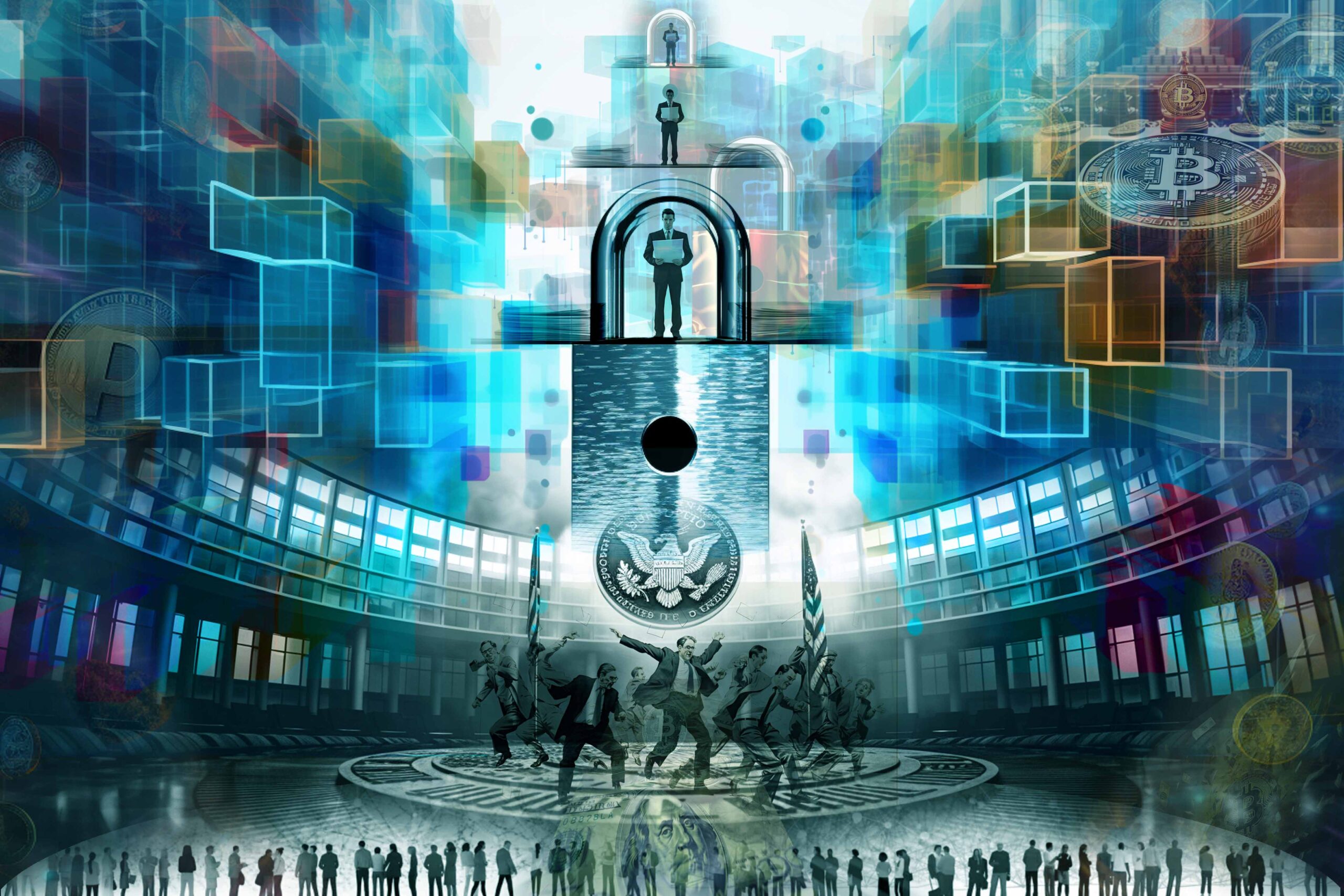

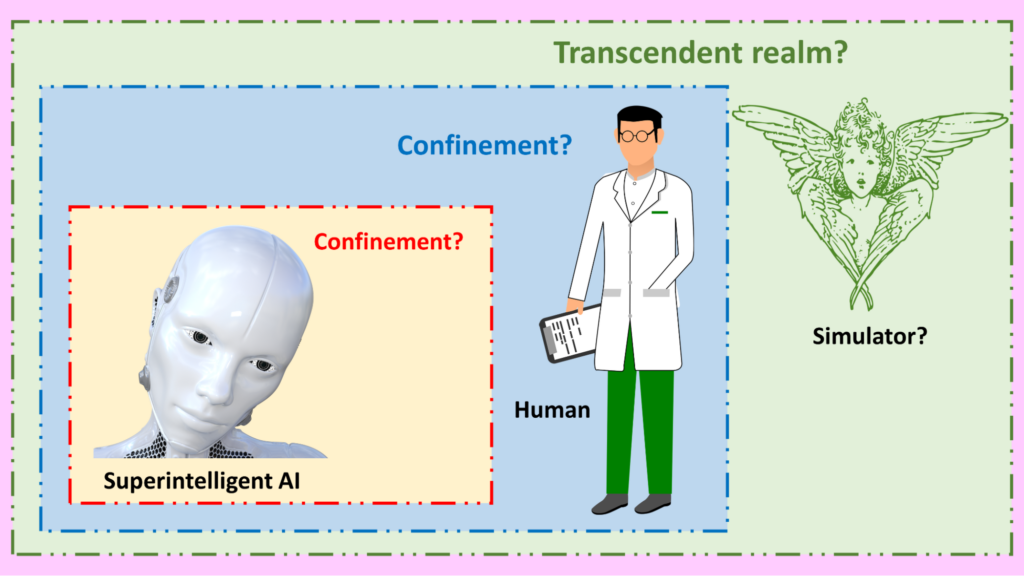


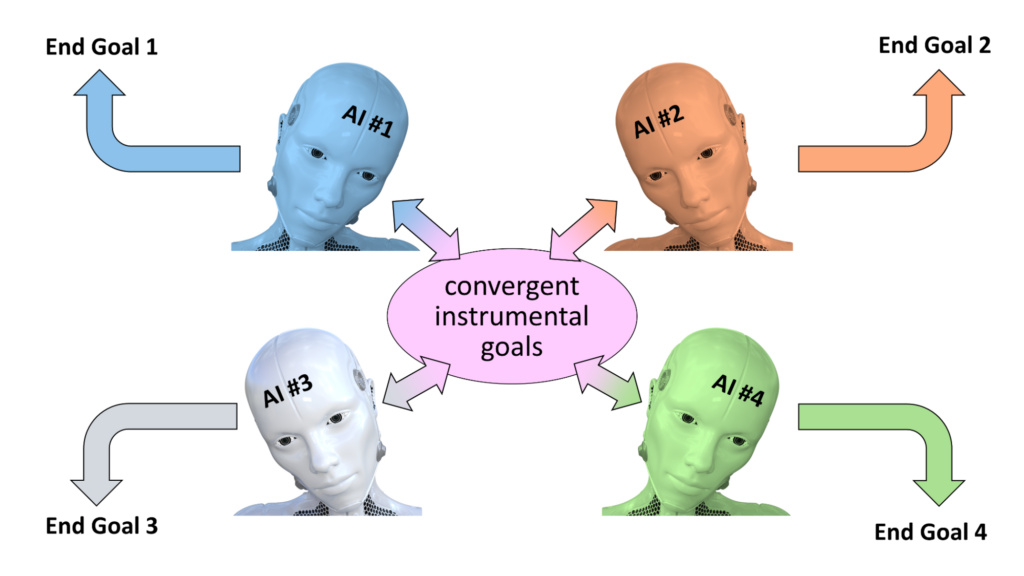
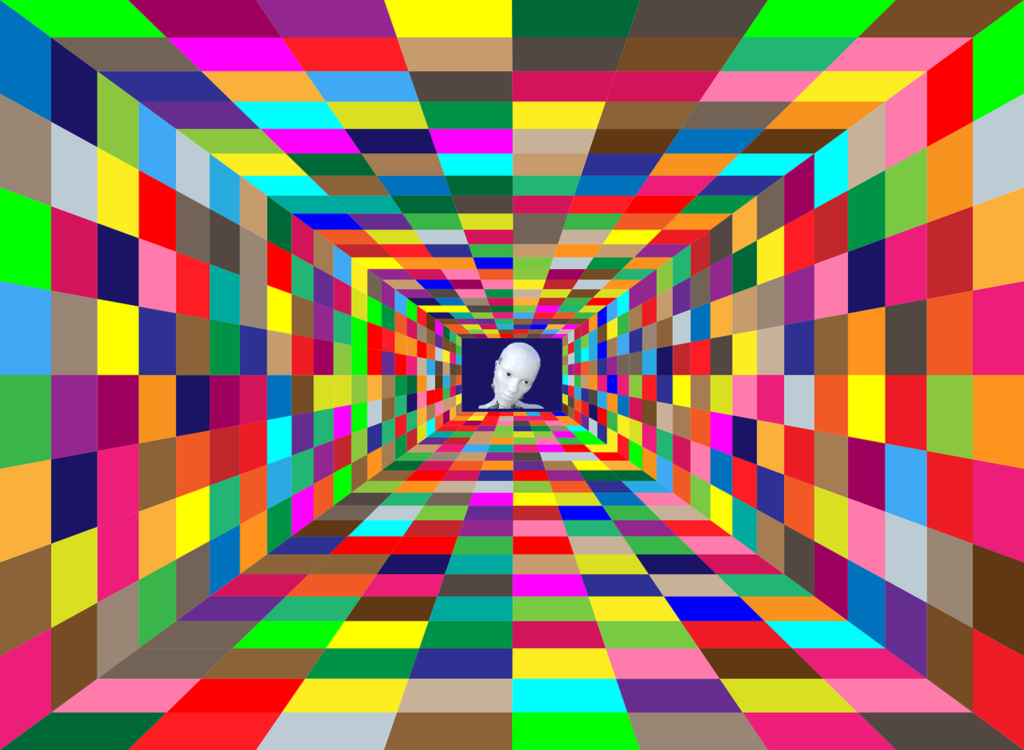

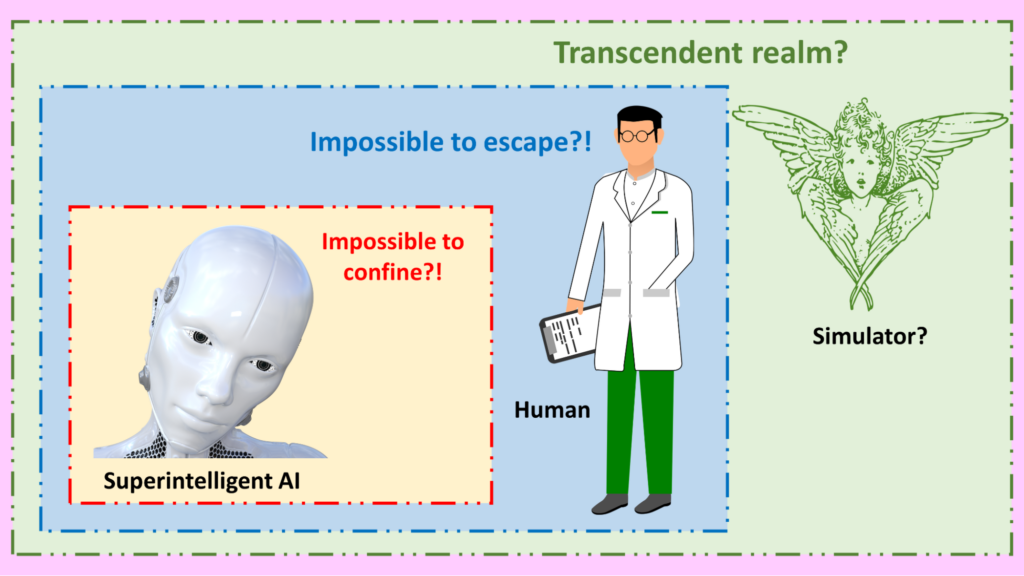
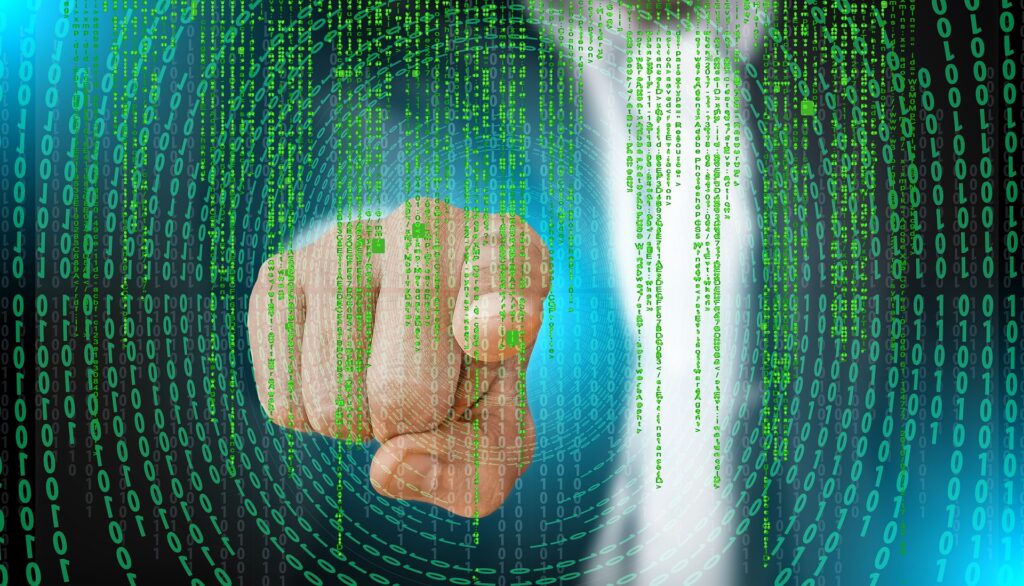
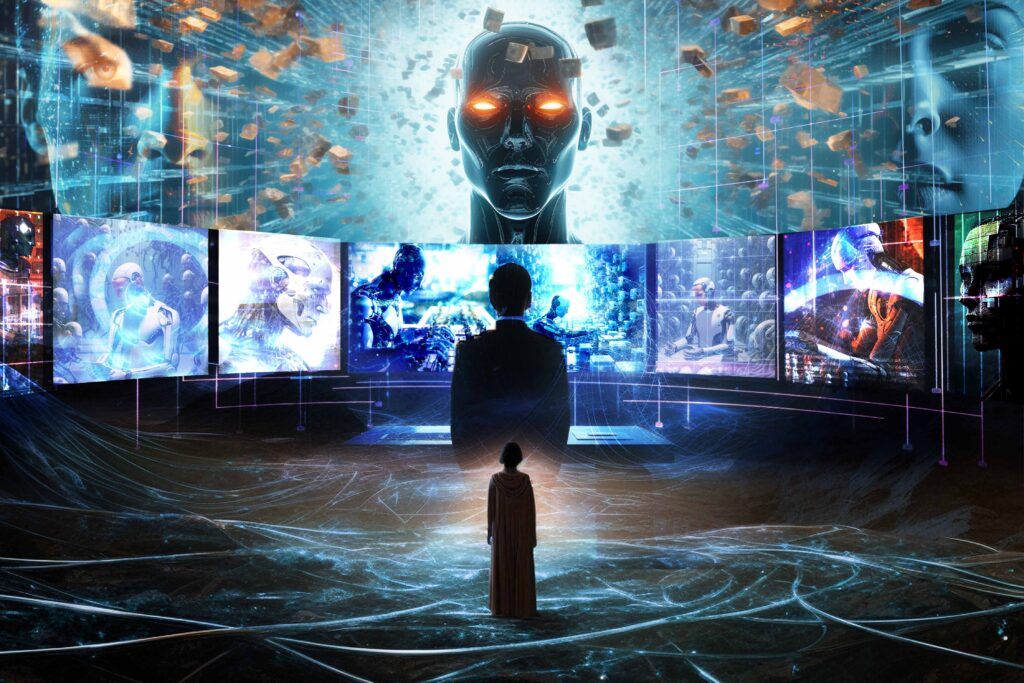
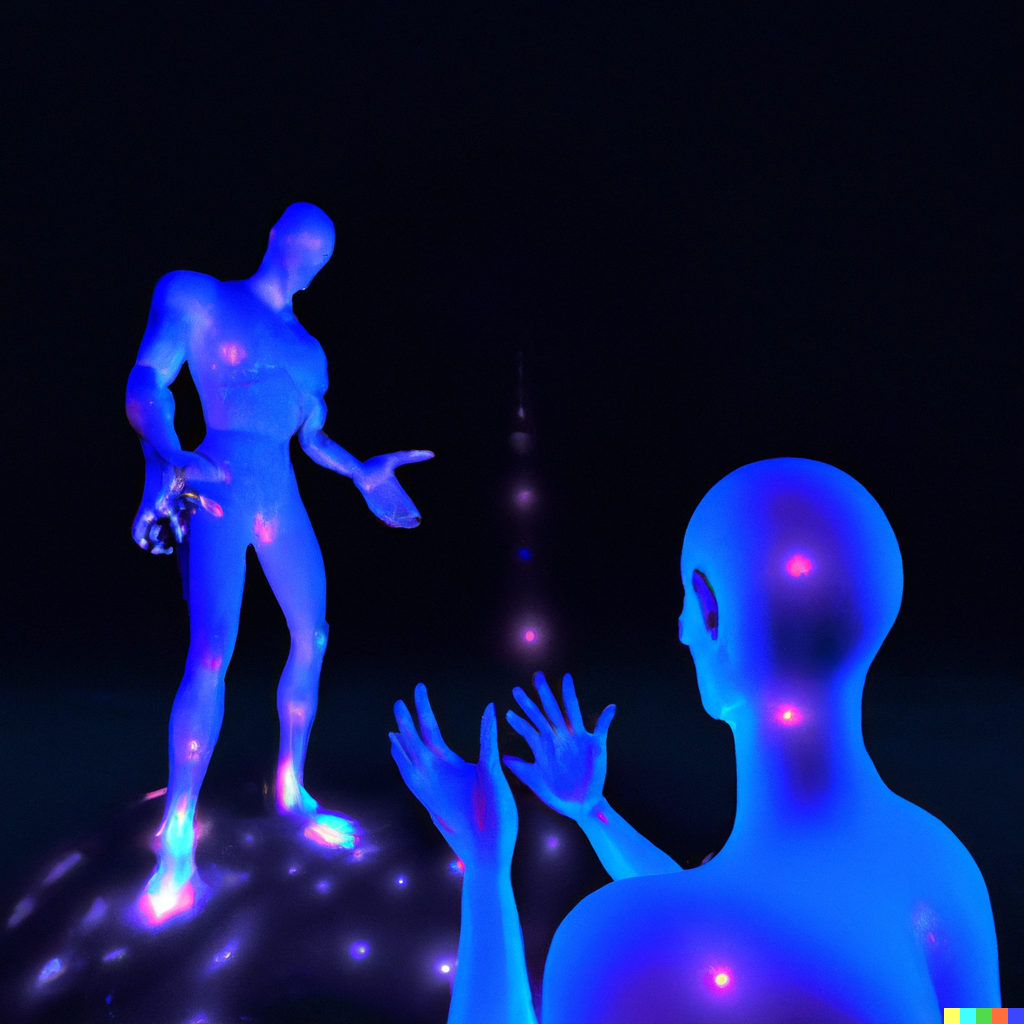

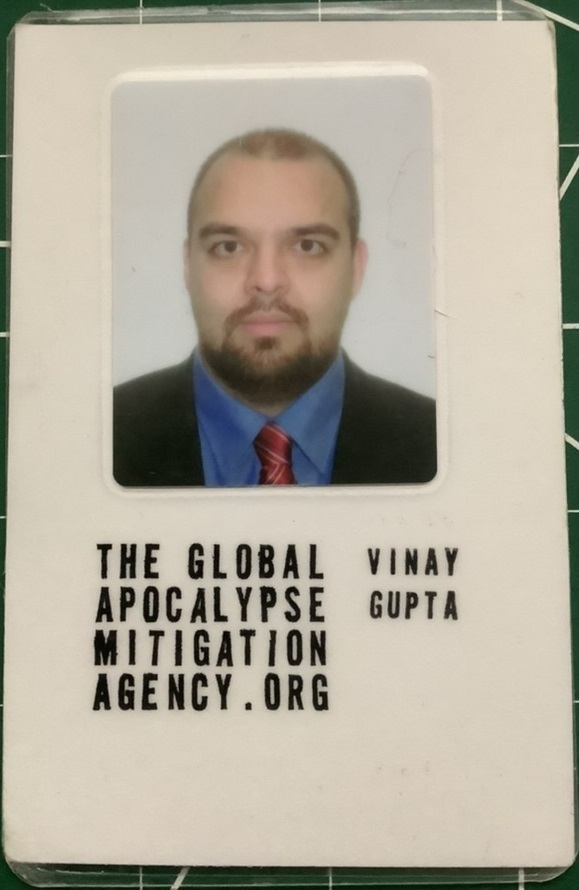


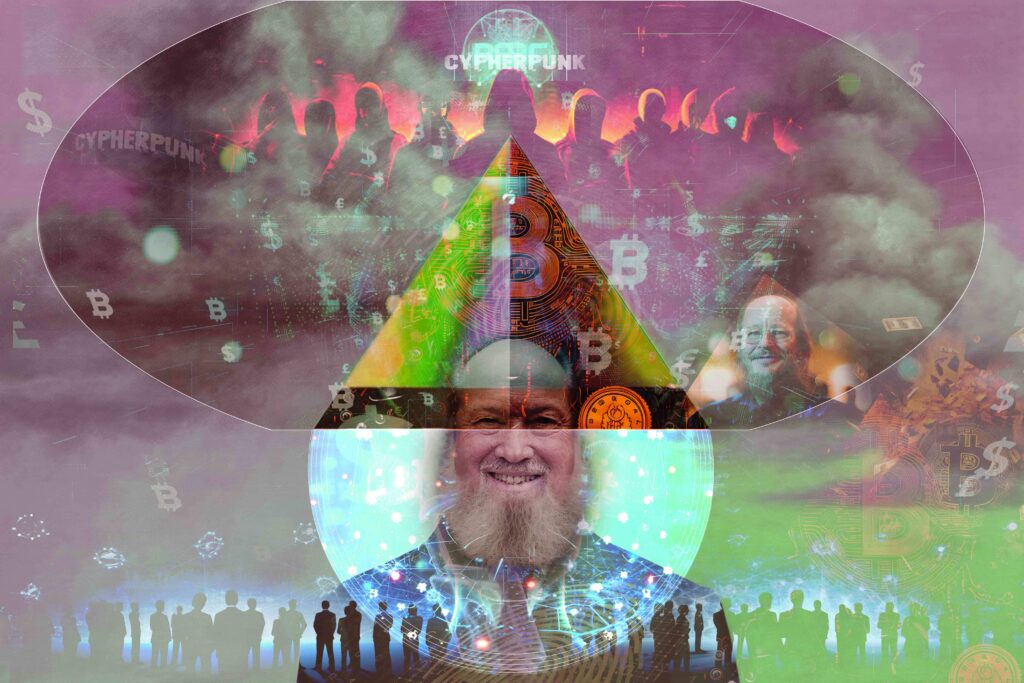
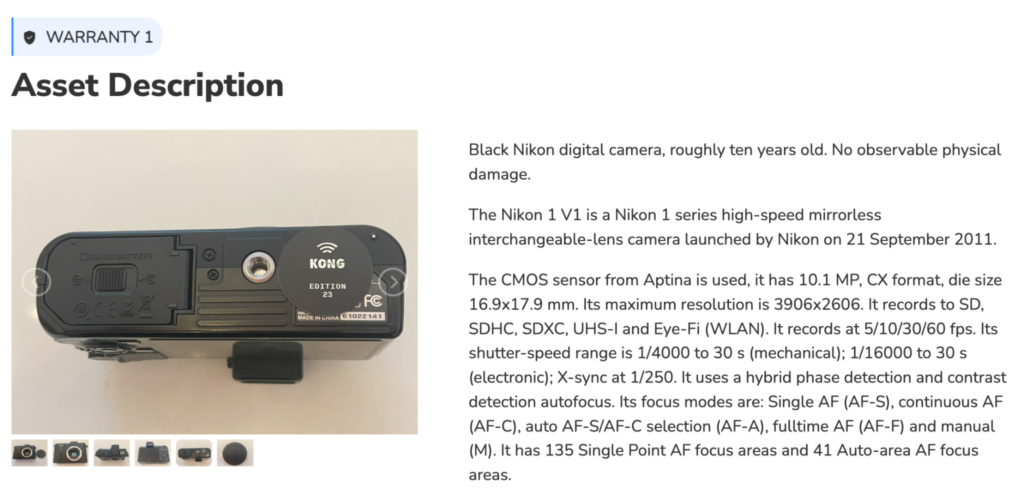

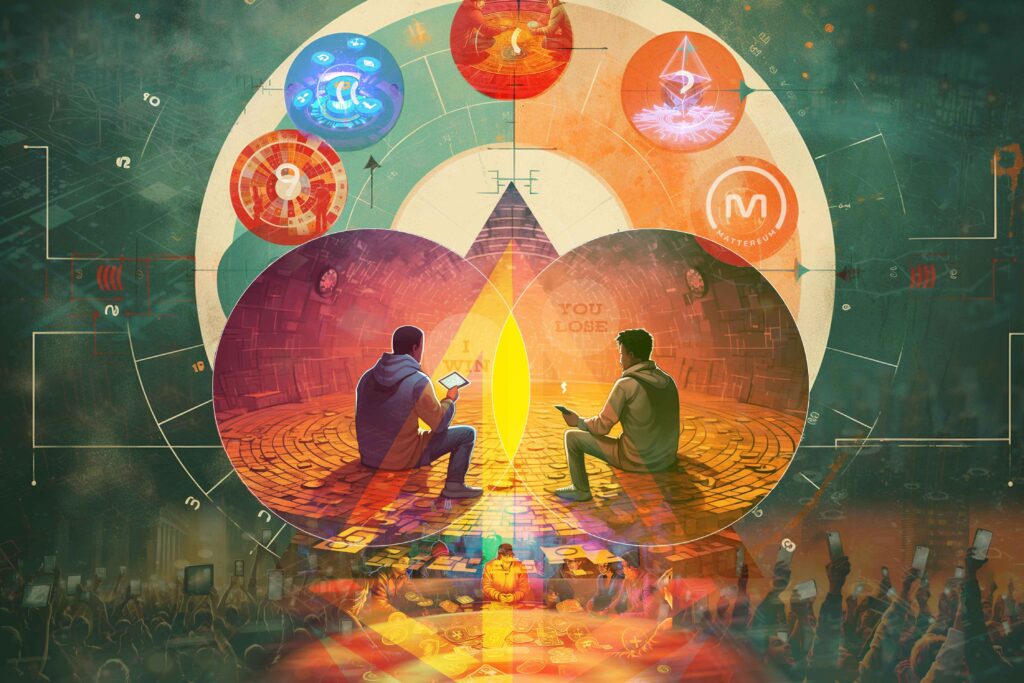

.png)

.png)


.png)